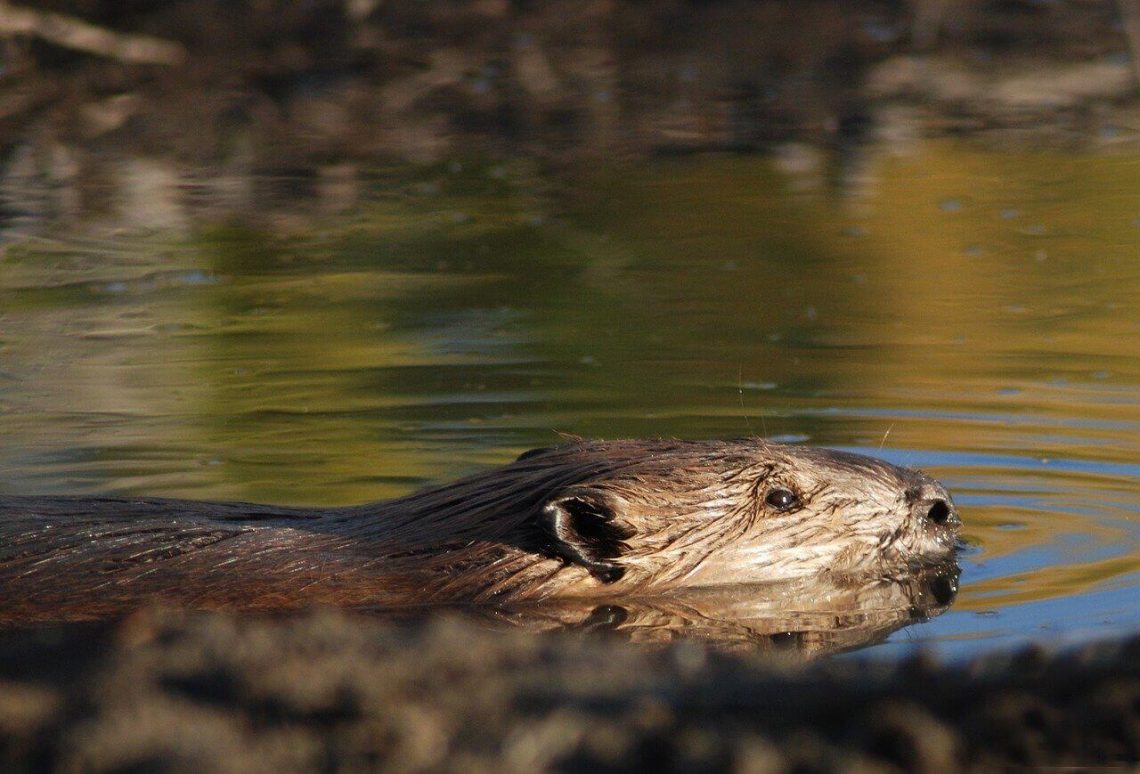
Beavers & Bison & Whales, Oh My! Rewilding the UK
Rewilding the UK
State of Nature
I’ve heard it suggested that the UK is among the least biodiverse countries in the world.
The 2019 State of Nature report concedes that “the abundance and distribution of the UK’s species has, on average, declined since 1970” and it is continuing to do so.
I think I might know what part of the problem is. Almost all our land is given over to a purpose, whether than be development, agriculture, or private property. That’s great but it doesn’t leave a whole lot of room for change.
The report makes for some harrowing reading, but rest assured, there are plenty of people with a wealth of ideas on how to improve things. Today, I want to take a closer look at one particular theme.
Bring It All Back
If you read my One Wild Thing from last week (or indeed, the title of this post) you may have already had an inkling that this strategy has to do with rewilding the UK.
If you did read that post, I hope you’ve had a chance to browse Rewilding Britain’s website and if so you might have seen the wealth of animals they are suggesting for reintroduction to the UK.
I can’t imagine I’m the only one who is super excited by the idea that my home country could become awash with moose, wolves, wildcats and whales, but these reintroduction initiatives go far beyond helping me tick animal sightings off of my bucket list.
What all of these animals have in common is that at some time in history, they have been removed from British ecosystems due to human impacts. They left their job roles vacant and in doing so, changed the places they had once lived in big ways.
The hope is that by bringing back those animals to fulfil their roles once more, we can restore the thriving, biodiverse landscapes that Britain once enjoyed.
Rewilding Britain lists 21 species (more if you consider the label “whales (various)”) they’d like to see making a comeback. That’d make for a very long blog post so I’ve picked three to take a closer look at.
Beavers
I feel like beavers are everywhere lately.
Well… not actually beavers, but I mean everyone is talking about them.
There’s a really good reason for that: beavers are incredible engineers.
When we spoke about Yellowstone, I mentioned how beaver dams changed the rivers so fundamentally that it shifted the balance of almost every organism to call them home.
Without them around, humans have actually become far more vulnerable to a whole host of natural threats.
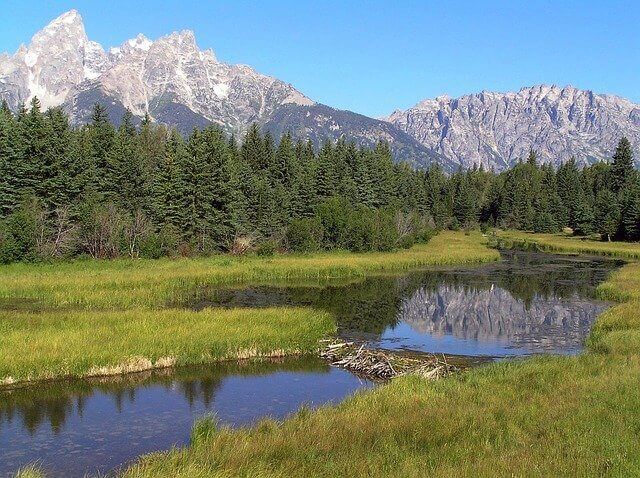
Beaver Dam 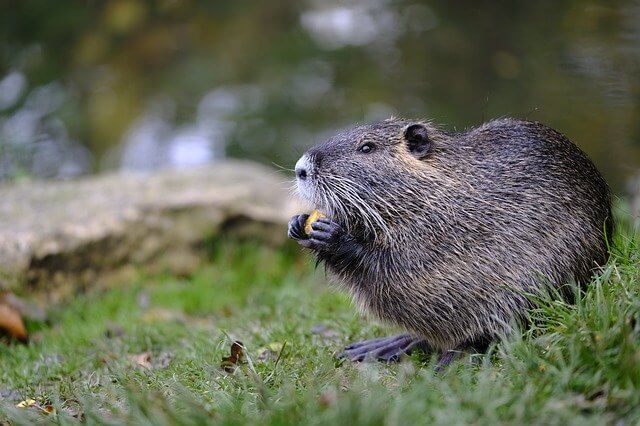
Beaver Snacking 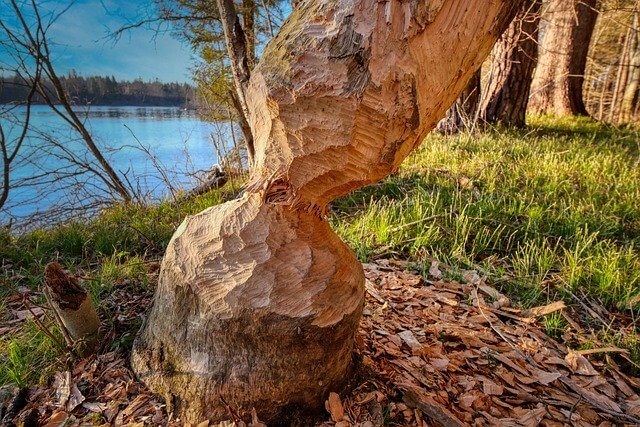
Tree engineered by a beaver!
Flood Defences
Flooding is on the rise in Britain. Government money seems to poured into creating expensive flood defences which merely displace the problem elsewhere, or else clearing up the mess after it’s happened.
Beaver dams provide a free solution: they slow the flow of the water.
Imagine placing a giant sponge in the river. Wetlands with beaver dams can hold far more water than those without, so when there’s an unexpected surge in water levels, the dams are ready to absorb it.
This not only reduces the amount of water reaching nearby towns, but also slows down the flow of the water, making the problem far more manageable.
These slower flowing waters are more likely to attract the likes of salmon back into our rivers in abundance. These fish end their life cycles in the rivers, and their bodies provide important nutrients that can help other organisms to thrive, increasing biodiversity.
Fire Prevention
That big beaver dam sponge is not likely to catch fire.
The increased “wetness” of the area (including the more humid air) means that wildfires are far less likely to spread across beaver inhabited areas.
They engineer the rivers to be wider, with more pools and tributaries, creating a watery network of fire protection.
I’ll leave it to this adorable video to show you how it works…
Water Quality
That slower moving water means far less erosion is happening on the banks. Less erosion means less suspended sediments (soil and tiny rocks and stuff) in the water.
Whatever IS in the water also has the beaver dam sponge to reckon with. As the water flows through the dam, the branches and mud that make up the dam, act as a big sieve, catching lots of the bits that were suspended in the water.
Better water quality is not only better for humans but for wildlife too. If there are less pollutants in the water you can reduce death and disease in other plants and animals, leading to higher biodiversity.
Successful reintroductions in Scotland have paved the way for initiatives countrywide. Keep your eyes peeled- beavers could be coming soon to a wetland near you!
Bison
Bison got their 15 minutes of fame in June when it was announced that Kent Wildlife Trust and the Wildwood Trust have been awarded a £1 million grant from the People’s Postcode Lottery to reintroduce a small herd to Blean Woods, near Canterbury.
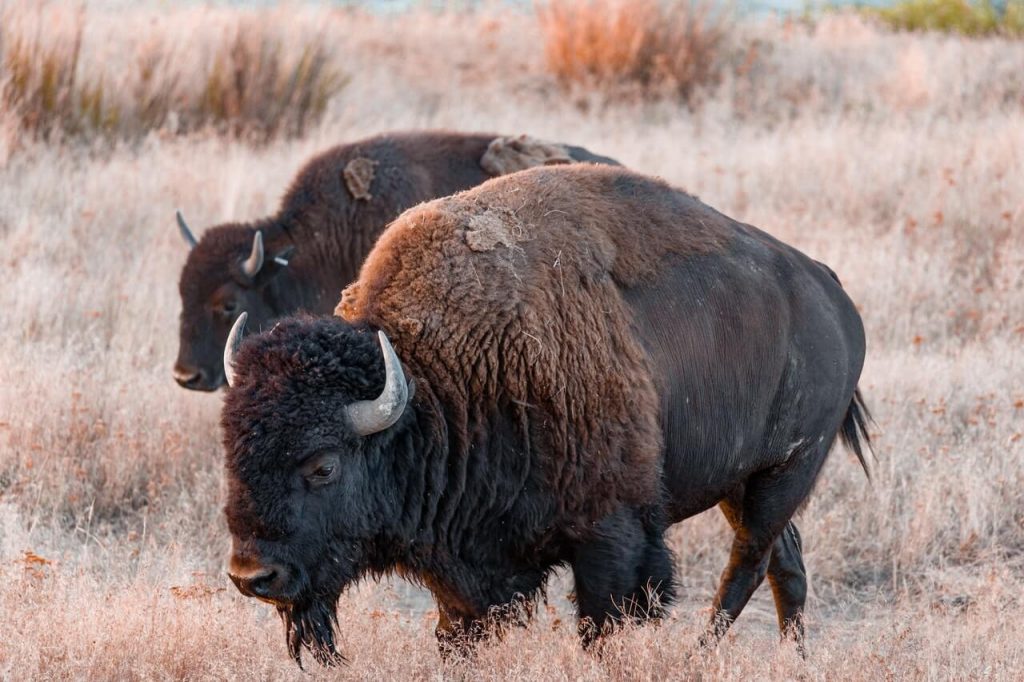
Why We Need Them
Large herbivores are a vital cog in any ecosystem, but bison have a particularly useful habit: they rub up against trees.
They do this in order to shed their coats. Being such strong, hefty animals, they push over the trees.
I know what you’re thinking- “don’t we want MORE trees, not less?” and you’d be right! But think for a second about how that fallen tree could change things.
Shafts of sunshine enter the once shaded forest floor. New, younger plants can grow with the light they now receive.
The bison start to eat the bark. This makes tiny little microhabitats for insects. The insects themselves become a new prey source. A whole new dynamic to the forest food web has begun. Biodiversity is on the rise.
Whales
Hunting and shifting prey distribution lead to the loss of many of our whales, but their return in a UK rewilding program could revitalise our coastal ecosystems.
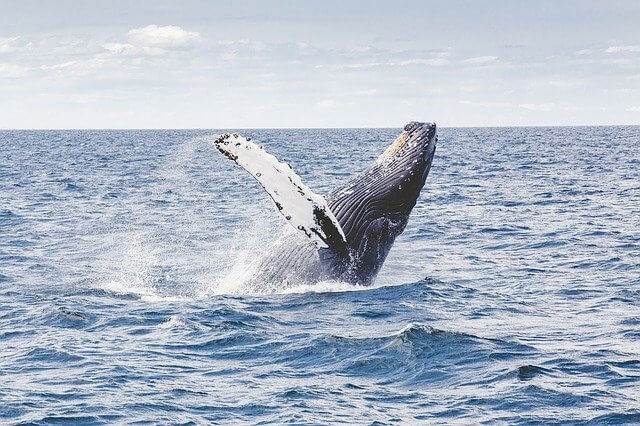
Why We Need Them
Nutrients sink. If you want to get at them, you’ll need to take a deep dive through the water column…which is exactly what whales do! They dive into the depths to feed.
Of course, what goes in must come out and what comes out is poo that is rich in nutrients, returned to the surface of the ocean, where light is able to penetrate.
Up here, microscopic algae called phytoplankton use that light for photosynthesis. They are fertilised by the nutrients in that poo.
Phytoplankton form the basis of almost all marine food chains. An abundance of phytoplankton could lead to an abundance of… well… everything, including the fish that we eat.
Plus, as phytoplankton use carbon dioxide for photosynthesis, whales could simultaneously be helping to stop climate change. Sounds like win-win to me!
One Wild Thing
SUPPORT THE REINTRODUCTION OF BEAVERS PLEASE AND THANK YOU!!!
All of these animals can provide us with a tonne of benefits but the UK rewilding project with the most “legs” right now is probably the beavers. The reason for this is clear- the benefits are HUGE.
As the Beaver Trust puts it, “Join the Beaverlution” to help keep the momentum going to get these projects up and running to return beavers to the UK. Sign up with the Beaver Trust to be the first to hear about projects and petitions to aid conservation efforts.
As an “unofficial” One Wild Thing I’d like you to also know that you can adopt a beaver with Derbyshire Wildlife Trust and they’ll send you a cute cuddly beaver toy- I want one!



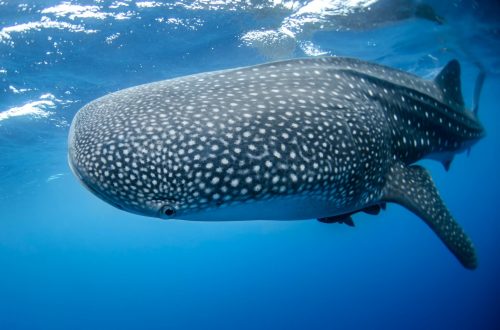
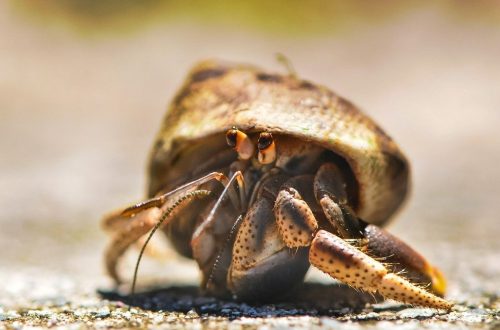

One Comment
Pingback: